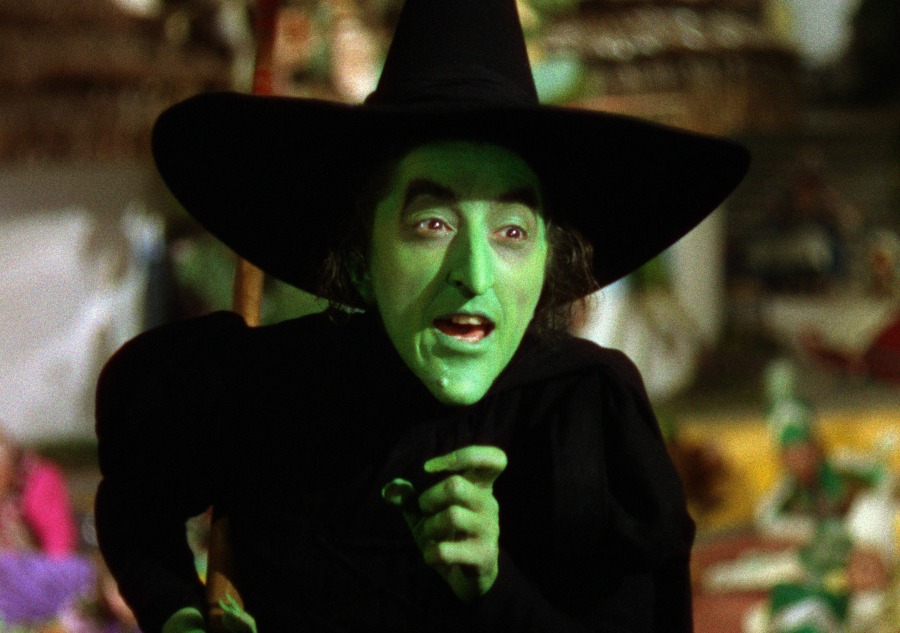New Dengue Vaccine Could Worsen Disease in Some People, Company Stands to Lose $118 Million
/LONDON (AP) — Drugmaker Sanofi says that its dengue vaccine, the world's first, should only be given to people who have previously been sickened by the virus, according to new long-term data.
In a statement, Sanofi said it had recently examined six years of patient data. Scientists concluded that while the vaccine protects people against further infection if they've already been infected with dengue, that's not the case for people who haven't previously been sickened by the disease.
"For those not previously infected by dengue virus...the analysis found that in the longer term, more cases of severe disease could occur following vaccination," Sanofi said. "These findings highlight the complex nature of dengue infection."
People who catch dengue more than once can be at risk of a hemorrhagic version of the disease. The mosquito-spread disease is found in tropical and sub-tropical climates worldwide. It causes a flu-like disease that can cause joint pain, nausea, vomiting and a rash. In severe cases, dengue can cause breathing problems, hemorrhaging and organ failure.
The World Health Organization says that about half the world's population is at risk of dengue and estimates that about 96 million people are sickened by the viral infection every year.
Sanofi is proposing that national authorities update their prescribing information. It also said doctors should assess the likelihood of prior dengue infection in people before choosing whether they should get the vaccine.
"For individuals who have not been previously infected by dengue virus, vaccination should not be recommended," Sanofi said. The vaccine is currently recommended in most dengue-endemic countries for people over age nine.
The company expects to take a 100 million euro ($118 million) loss based on the news.
There is no specific treatment for dengue and there are no other licensed vaccines on the market.





























